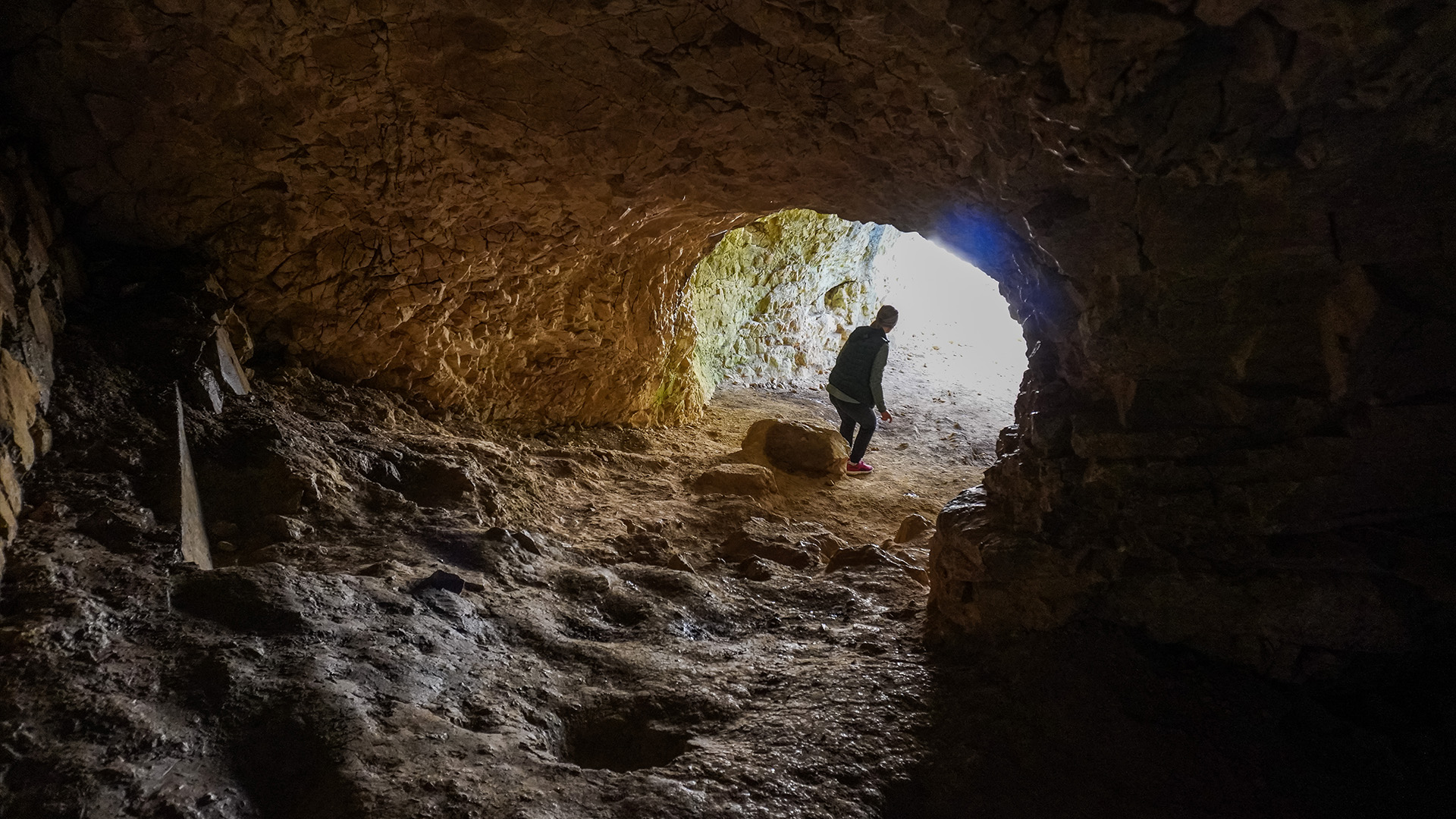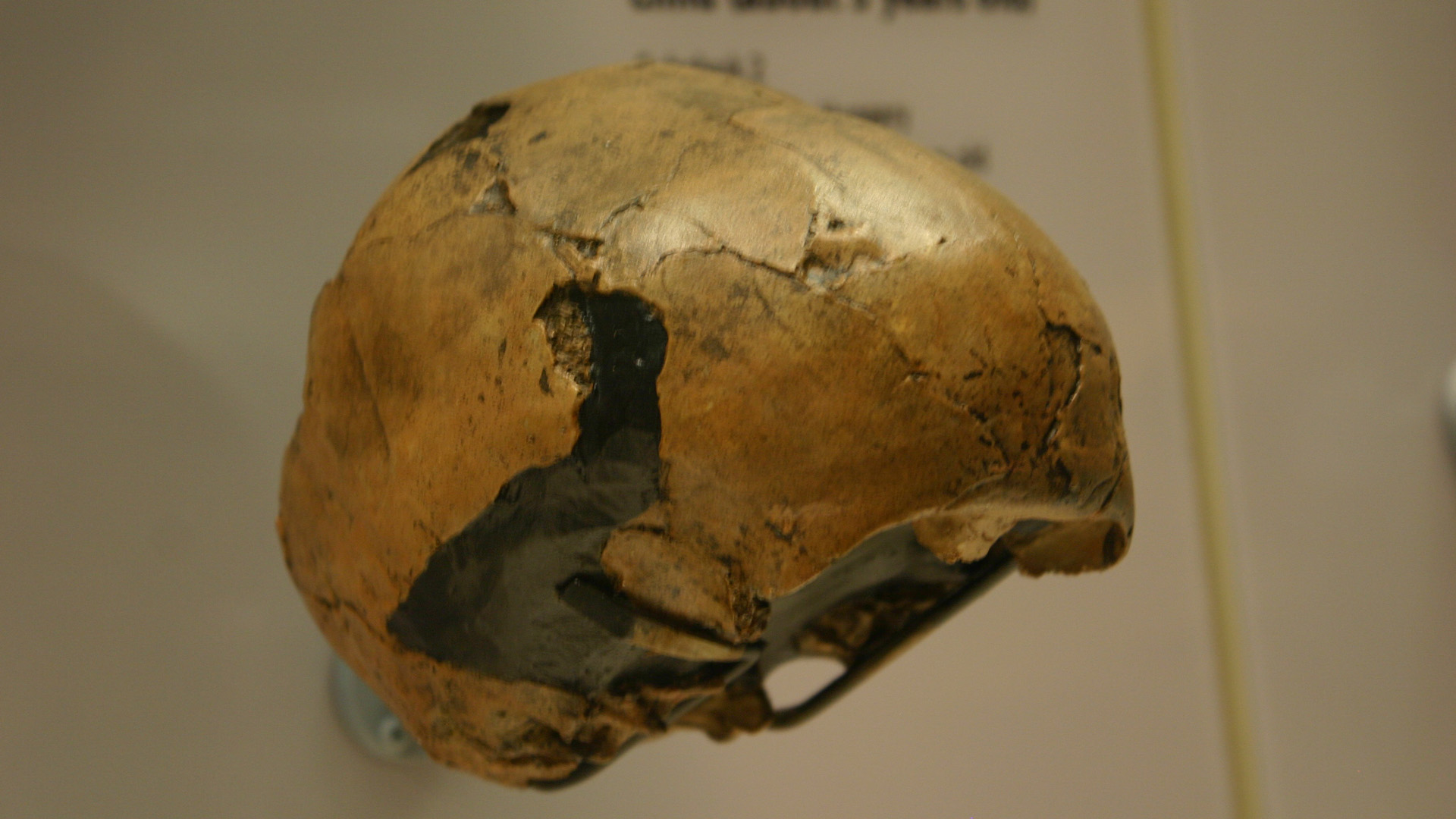1st known tuberculosis cases in Neanderthals revealed in prehistoric bone analysis
A look at two Neanderthal skeletons reveals that they could get tuberculosis, and it may have contributed to their extinction.

Neanderthals living in Central Europe around 35,000 years ago suffered from tuberculosis (TB), a new DNA analysis of their bones reveals. This is the first time this disease has been identified in Neanderthals, raising questions about whether tuberculosis contributed to their extinction.
In two research studies published in the journal Tuberculosis in December 2023, one international team of researchers reanalyzed the skeletal remains of two Neanderthals discovered in a cave in Hungary in 1932 and another tested them for Mycobacterium tuberculosis, the bacterium that causes TB.
Subalyuk Cave, located in the Bükk Mountains of northern Hungary, was used for shelter by animals and humans numerous times over the centuries and is considered an extremely important Middle to Late Paleolithic site. Hominin remains found in one of those layers near the entrance were from a female adult and a child of around 3 to 4 years of age at death.
Given the combination of Neanderthal and human features on the skeletons, researchers long assumed the Subalyuk remains represented some of the last Neanderthals in Central Europe. Carbon dating of the remains in early 2023 confirmed that the child died around 33,000 to 34,000 years ago, while the adult died earlier, around 37,000 to 38,000 years ago.
Related: Our mixed-up human family: 8 human relatives that went extinct (and 1 that didn't)

Already interesting for their comparatively recent dates of death, as Neanderthals went extinct around this time, the bones of the Subalyuk individuals hold additional clues about their lives — and possibly about their deaths.
Distinct evidence of skeletal infection was found on both Neanderthals, including bony lesions along the spine of the adult and on the interior of the child's skull. These skeletal changes, called lytic lesions, reflect bone loss, which results in holes; the holes are then filled in with new bone. While lytic lesions can occur because of a number of diseases, such as cancer, their location and patterning within the bodies of the Subalyuk Neanderthals strongly suggest a diagnosis of tuberculosis, said the team led by György Pálfi of the University of Szeged in Hungary.
Sign up for the Live Science daily newsletter now
Get the world’s most fascinating discoveries delivered straight to your inbox.
To test this diagnosis, the research team led by Oona Lee of the University of Birmingham in the U.K. took samples of bone from the two skeletons and analyzed them for the presence of M. tuberculosis DNA. Both were positive. Additionally, a method called spoligotyping — which is used to identify gene sequences of TB in a sample — backed up the diagnosis for the child, while lipid biomarker analysis, which is useful for characterizing communities of microbes in a sample, also suggested that both Neanderthals had tuberculosis.
"Based on both the morphological observations and their biomolecular support, we can conclude that tuberculosis was present in Central Europe during the Late Pleistocene, approximately 36-39 thousand years ago," Pálfi and colleagues wrote in one of the new studies.
The discovery of tuberculosis in Neanderthals raises an additional question: How did they get it? Evidence of TB in large animals across ancient Europe, particularly in bison, suggests an answer: Neanderthals who were hunting and eating these animals likely contracted TB from them. So tuberculosis posed a danger "both through being a direct health risk and decimating prey animal populations," Lee and colleagues wrote in the other new study.
Kori Filipek, a paleopathologist at the University of Derby in the U.K. who was not involved in the studies, told Live Science in an email that the studies "provide an interesting approach moving beyond the scope of our own species' understandings of the disease" and that the research "might provide an avenue for how human — and non-human — behavior enabled these pathogens to become embedded within our disease landscape."
However, Filipek cautioned that comprehensive nondestructive analysis should always be done first, "particularly given the rarity of [Neanderthal] material."
Future research along these lines could provide new evidence for diseases that affected Neanderthals and possibly for the reasons they went extinct, according to the research team.
Lee, Pálfi, and their colleagues concluded that their results support "the possibility that TB contributed to the extinction of the Neanderthals" and suggested that the hypothesis "should be thoroughly investigated."

Kristina Killgrove is a staff writer at Live Science with a focus on archaeology and paleoanthropology news. Her articles have also appeared in venues such as Forbes, Smithsonian, and Mental Floss. Killgrove holds postgraduate degrees in anthropology and classical archaeology and was formerly a university professor and researcher. She has received awards from the Society for American Archaeology and the American Anthropological Association for her science writing.









